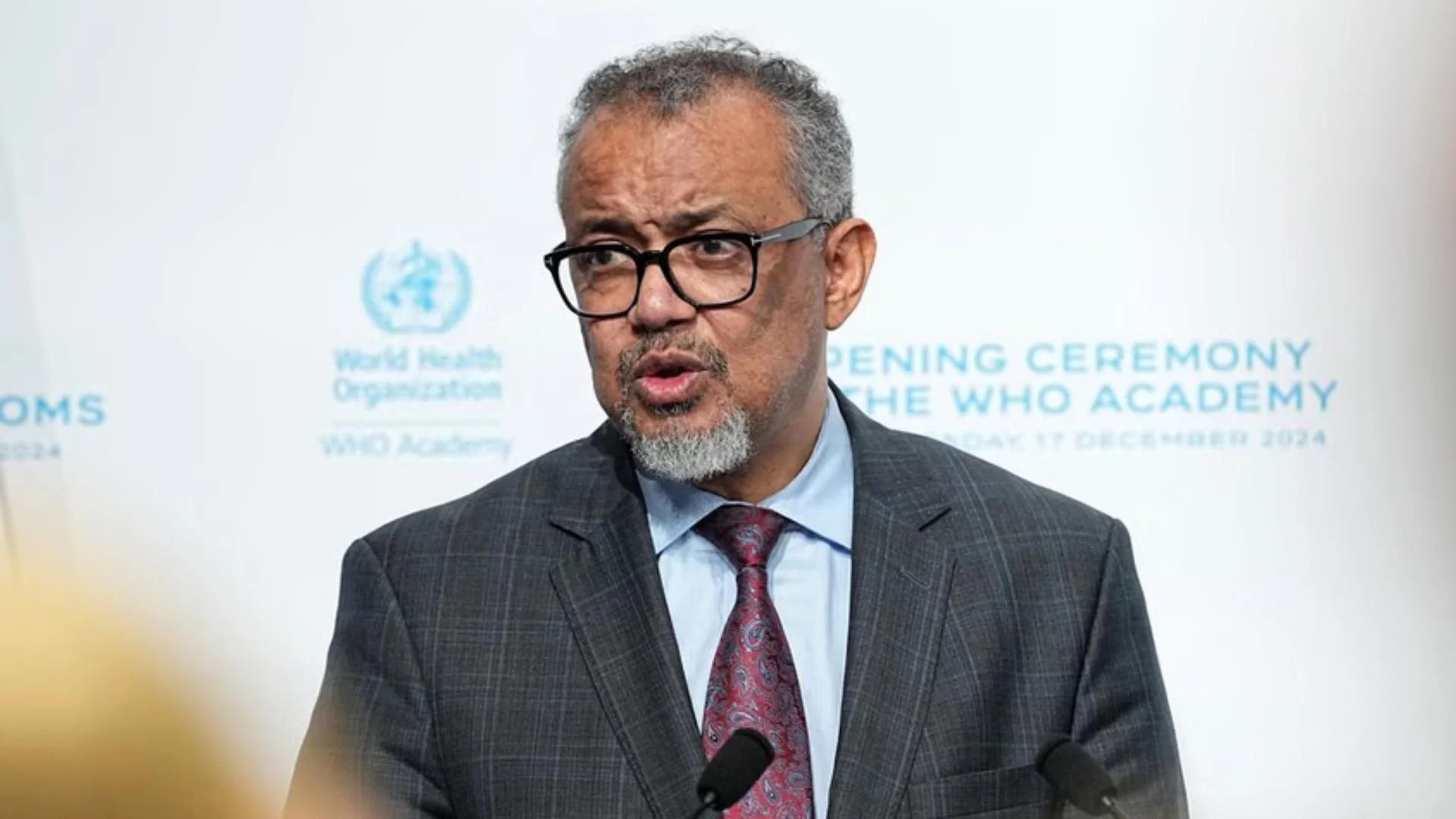“Micro” and “macro” are prefixes used to differentiate between two levels of analysis in any field. While micro refers to the small-scale or individual level of analysis, macro, on the other hand, refers to the large-scale or aggregate level of analysis. We can see these dual perspectives in various disciplines. For example, in economics, micro part deals with the behaviour of individual agents such as consumers, firms, or workers, and this helps us understand how an individual consumer decides to spend their income or how a single firm determines its pricing strategy. The macro part helps in focusing on the behaviour of an entire economy and it helps us understand aspects like national income, unemployment rates, inflation, and how these impact the overall performance of an economy and the factors that influence its fluctuations over time.
Micro and macro, as specific terms, originate from the Greek words “mikros” and “macros” meaning small and large respectively. This is indeed apt and relevant to a subject like biology, wherein microbiology focuses on the study of microorganisms such as bacteria, viruses, and fungi at the microscopic level and macro-biology, phenomena at larger scales, such as the distribution of species across continents, patterns of biodiversity, or evolutionary trends over geological time scales.
At this juncture, it is important to understand if these divisive as well as decisive aspects are applicable in understanding social development issues and challenges. To simplify this, we can look at microsociology as a subject which analyzes social interactions such as face-to-face interactions, social roles, or individual behaviours within a group. Macrosociology on the other hand looks at broader social structures, institutions, and patterns across entire societies or civilizations. It might explore topics such as social stratification, globalization, or large-scale social movements.
Examining both micro and macro perspectives of an issue or challenge is crucial for several reasons. By considering both micro and macro perspectives, one gains a more holistic view of the issue. At the same time, micro-level factors may be influenced by broader macro-level forces such as economic trends, social norms, or political structures and hence solutions to complex issues often require interventions that address both micro and macro factors.
Understanding the interactions between the two is essential not just for enhanced perspective but also for designing effective interventions. For example, addressing poverty might involve both micro-level interventions such as skilling and job training programs for individuals and macro-level policies such as social welfare programs or economic development initiatives.
This applicability is indeed visible when we look at gender disparity. Within households, traditional gender roles and norms often dictate the division of labour, with women disproportionately responsible for unpaid domestic work and caregiving duties. This perpetuates gender disparities in education, employment, and decision-making within families. However, at the macro level, gender inequality is reinforced by systemic factors such as unequal access to education, discriminatory laws and policies, and patriarchal social structures. Thus, if we have address gender disparities, we need both micro-level interventions to challenge gender norms and empower individuals, as well as macro-level reforms to promote gender equality in institutions and legislation.
Similarly, discrimination based on caste is deeply ingrained in social interactions and everyday practices at the micro level, with lower-caste individuals facing exclusion, violence, and limited opportunities for social mobility. Caste norms also dictate marriage patterns, occupation choices, and access to resources within communities. However, at the macro level, caste discrimination is perpetuated by structural inequalities in access to education, employment, and political representation.
This is equally true when we view education as the key factor influencing our lives. Within schools and communities, educational inequities are evident in disparities in infrastructure, teaching quality, and learning outcomes. Marginalized groups such as girls, rural students, and low-income families face barriers to accessing quality education and suffer from inadequate resources and support. At the same time educational inequity is perpetuated by systemic factors such as unequal funding, teacher shortages, and curriculum biases. Addressing educational disparities requires both micro-level interventions such as targeted scholarships and community programs, as well as macro-level reforms to improve educational policies, infrastructure, and governance.
Examining a very crucial aspect in our country such as livelihood, through both micro and macro lenses provides a comprehensive understanding of the challenges, opportunities, and dynamics at play. Micro-level analysis involves understanding the livelihood strategies adopted by individuals and households, particularly in rural areas where agriculture and informal sectors are predominant. This includes examining factors such as occupation choice, skills, education, land ownership, and access to resources. Micro-level analysis also entails examining the role of social networks, kinship ties, community organizations, and informal support systems in shaping livelihood outcomes. Understanding the micro-level vulnerabilities and resilience strategies of individuals and households is essential.
This involves analyzing factors such as exposure to risks (e.g., natural disasters, price fluctuations), access to social protection mechanisms (e.g., insurance, social welfare programs), and adaptive capacities. Macro-level analysis focuses on understanding the broader economic policies and development programs that influence livelihood opportunities. This includes examining policies related to agriculture, industry, trade, labor, and social welfare.
Examining macro-level infrastructure development and connectivity initiatives is crucial. This involves analyzing investments in transportation, communication, energy, and irrigation infrastructure, and their impact on access to markets, employment opportunities, and social services. At the same time, integrating micro and macro perspectives on livelihood in India helps to identify the interconnectedness between individual choices, household strategies, economic policies, and social structures. It facilitates the development of targeted interventions and policy reforms to enhance livelihood opportunities, reduce poverty, and promote inclusive and sustainable development across the country.
By considering both micro and macro perspectives, one can better predict the outcomes of interventions or changes in the system. Micro-level changes may have ripple effects that manifest at the macro level, and vice versa. Understanding these dynamics allows for more accurate forecasting of potential outcomes and unintended consequences.













